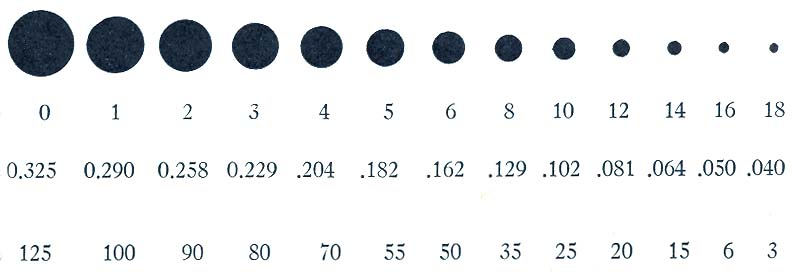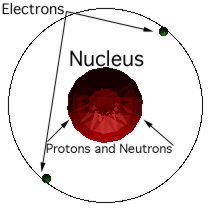
Parts of the Atom

Conductors
Electrical Conductors
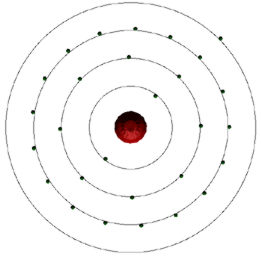
Copper
Other Electrical Conductors
Silver, Brass, Aluminum
Insulators
Glass, Rubber, Fiber
Ohm's Law: I = E/R
• As electromotive force increases, current
increases.
• As resistance increases, current
decreases.
I = quantity of electrons moving through circuit measured in amperes.
E = electrical pressure in the circuit measured in voltage.
R = resistance in the circuit measured in ohms.
P = amount of work circuit is capable of providing measured in watts.
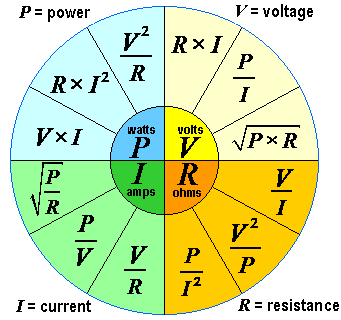
West Virginia Law
W = V x AA = current measured in amperes.
V = electromotive force measured in voltage.
W = energy available measured in wattage.

Parallel
Increasing amounts of pressure to same circuit, current increases.

Combination Circuits
Some components in series, others in parallel.
Types of Electromotive
Force
Direct Current (DC)
Battery University
|
|
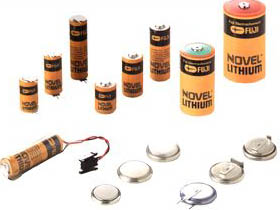 Lithium Batteries Light weight High energy Portable computers Cell phones Watches |
Alkaline
Batteries |
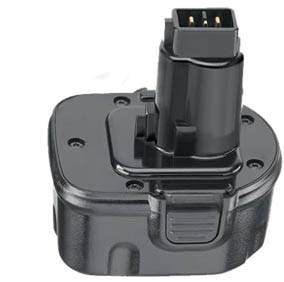 Nickel Cadmium (Ni-Cad) Battery Rechargeable Recyclable Built-in charge level indicator |
|
|
Photovolactic |
How Alternating Current (AC) Works
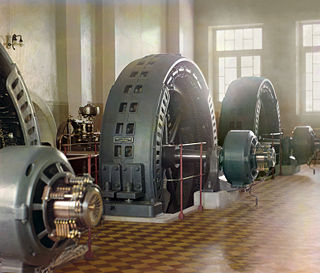
Electrical Turbine
Construction of a Sine Wave
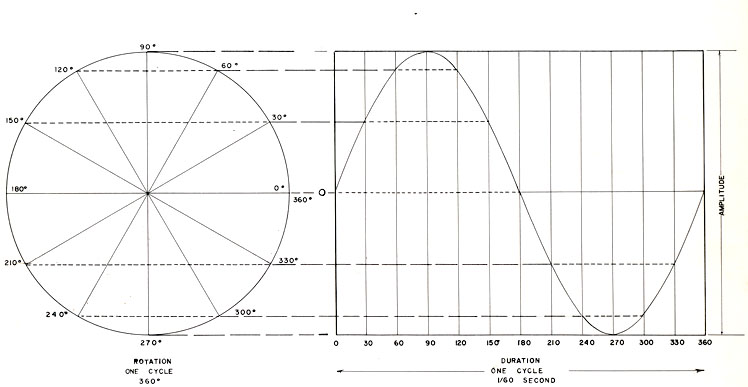

Turbine Cross Section Demonstrating Rotating Magnetic Fields
United States Alternating Current Standard
Three Phase 60 Cycles per Second
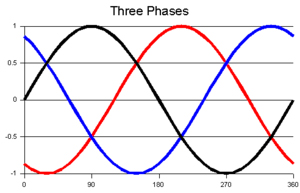
Three Phase Sine Wave
Electrical
Safety
Why a ground wire?
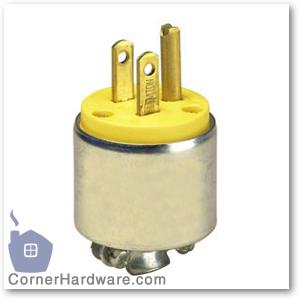
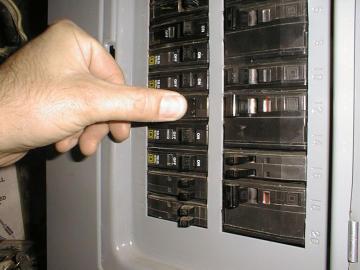
Types of Wire Conductors
Solid
Stranded wire
American Wire Gauges
16
Gauge Wire: 6 amps x 120 volts = 720 watts
14 Gauge Wire: 15 amps x 120 volts = 1,680 watts
12 Gauge Wire: 20 amps x 120 volts = 2,400 watts
